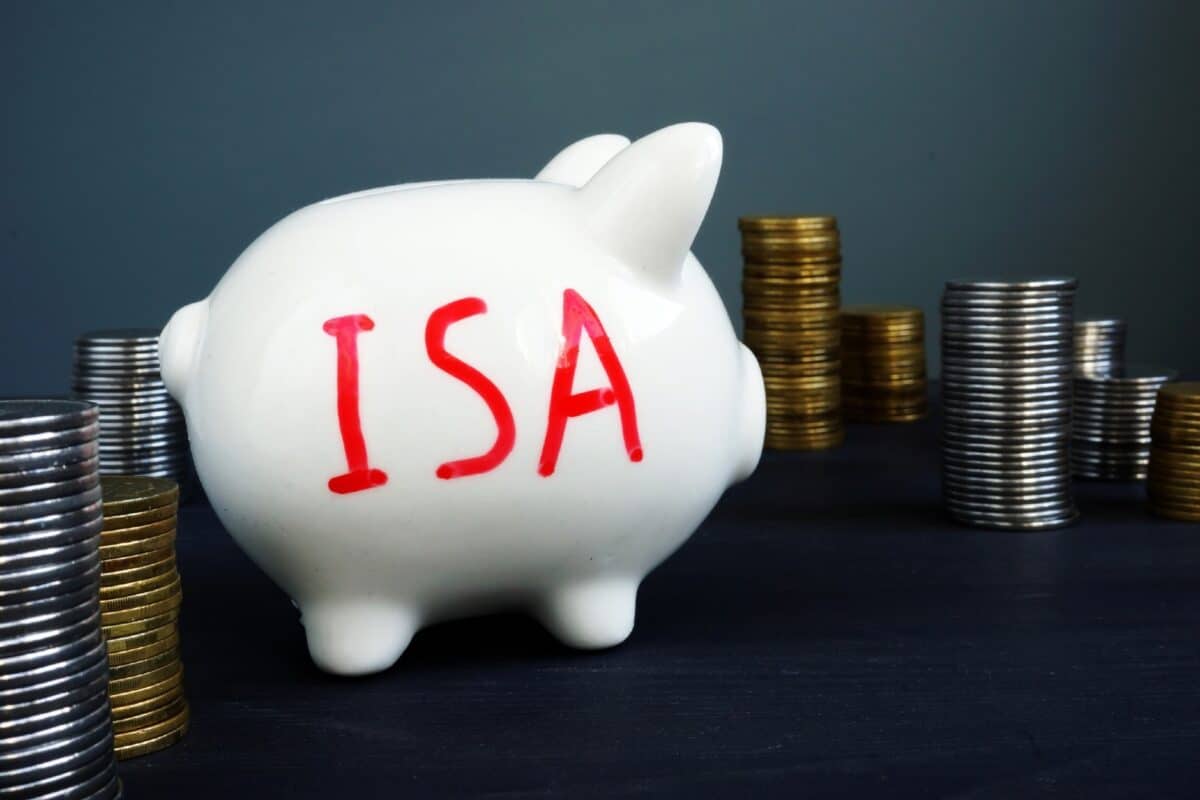It’s spring, and investors’ thoughts are turning to passive income. And what better way than with our new ISA contribution limit of £20,000?
We could go for a Cash ISA, and some of those pay around 5% these days. And it’s guaranteed, at least for the duration of the deal.
But interest can’t stay that high when the Bank of England starts cutting base rates, can it?
Passive income stocks: our picks
Do you like the idea of dividend income?
The prospect of investing in a company just once, then sitting back and watching as it potentially pays a dividend out over and over?
If you’re excited by the thought of regular passive income payments, as well as the potential for significant growth on your initial investment…
Then we think you’ll want to see this report inside Motley Fool Share Advisor — ‘5 Essential Stocks For Passive Income Seekers’.
What’s more, today we’re giving away one of these stock picks, absolutely free!
Risk and reward
As with so many things in life, we have to balance risk and reward.
Over the long term, the UK stock market has beaten other forms of investment. But it’s had bad spells, like the past decade.
There are ways we can reduce risk though.
One way is what I think of as playing the percentage shots. Using a term from sport, if we play the shots that are more likely to be modestly successful rather than going for the riskier glory chances, we can stand a better chance of coming out ahead in the long term.
Let’s compare a couple of UK stocks.
Big dividend
Vodafone (LSE: VOD) has been paying some of the FTSE 100‘s biggest dividends. We’re talking serious money here, with yields above 10%. And if that’s not a great route to passive income, what is?
Well, Vodafone hasn’t been taking home the earnings to cover the dividends. Investors can see that. And a big sell-off over the past 10 years has seen the share price slump by 74%.
What’s the point of big dividends if we lose the bulk of our initial stake?
Oh, and Vodafone will slash its dividend in 2025, though shareholders should get one final 10% for 2024.
Still, it’s part of Vodafone’s refocus, and I do think the stock could have a good future now. But back to my point…
Steady income
Let’s compare that with a stock I rate as possibly the most reliable dividend payer in the FTSE 100. I’m talking of National Grid (LSE: NG.), with a forecast 5.4% dividend for 2024.
It’s not the biggest. But it’s increased for more than 25 years now. And in the past 10 years, the share price has gained 19%.
That’s not big growth. But it’s a few points ahead of the Footsie, which I think is fine in the decade we’ve had.
National Grid faces a reduction in gas distribution. And it’s in a regulated industry where minimum investment is often mandated. So it’s not without risk, and the dividend is far from guaranteed.
Percentage shot
But I rate it as the percentage shot, while Vodafone was the glory shot.
Still, I reckon we can do better than a 5.4% return. But we do need to lift the risk a bit. By spreading my ISA cash across a diversified range of dividend stocks, I expect I could snag 7% per year.
A whole ISA allowance invested at that rate could compound to more than £75,000 in 20 years. And then that could pay £6,800 a year in passive income.
Or someone who can stash away the full £20k each year could build more than £850k, for a £60k annual passive income.








